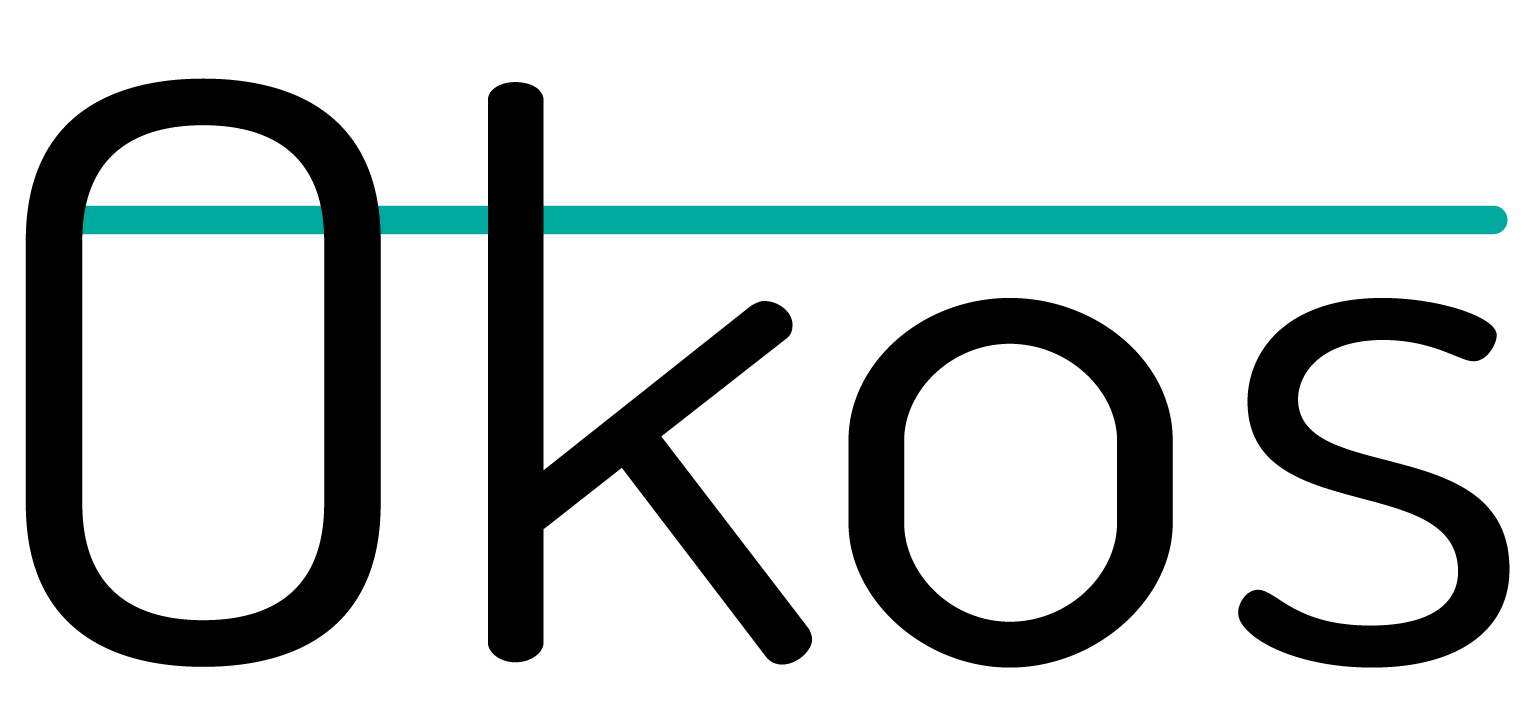Utilities Industry
The Leadership Initiative

A utility company that spans several large metropolitan areas needed to significantly ramp up the replacement of aging infrastructure, a growing problem putting the company’s long-term sustainability at risk. The company was far short of its goals of pipe replacement and needed to ramp up pipe replacement 4X from its historical average. Without an aggressive plan to upgrade decision-making processes and approaches to pipe replacement, and the ability to mobilize the workforce in the execution of this herculean task, stable sources of drinking water over the next decade could not be guaranteed, putting nearly 1.5 million residences at risk.
In addition to the costs and complexities associated with a significant, multi-county infrastructure replacement, nearly 60% of the workforce is at or quickly approaching retirement. With upheaval that comes as the workforce turns over, the management team was challenged—from the perspective of staffing—to stabilize and increase productivity to the levels needed to get the infrastructure initiative on track. To complicate matters, the management team functioned within departmental silos, utilizing a strategic plan comprised of often-conflicting departmental goals and KPIs.
Okos engaged the senior management team in a process to refine, and more tightly focus the strategic plan, surfacing issues related to aging infrastructure replacement, decision-making, and workforce productivity that were not being addressed by the current plan. Through Okos’ proven process for increasing cross-functional commitment and accountability to the execution of shared company goals, the management team created and began delivering on a plan to address workforce turnover, improve culture and work processes, and drive rapid improvements in employee engagement around the aging infrastructure project.
Unlike many other corporate organizations where employee culture and engagement are challenges relegated to the Human Resources department, this executive team is working together to take shared ownership for how teams function and are enabled to act in order to quickly accelerate the pace of work and deliver on the results that are essential to their long-term sustainability.
Today, the executives and their managers are implementing this plan and have greatly increased the sense of urgency and collective commitment to the company’s mission of long-term sustainability, which at the outset increased pipe replacement by 60%—well on the way to meeting infrastructure replacement goals before disaster strikes.










